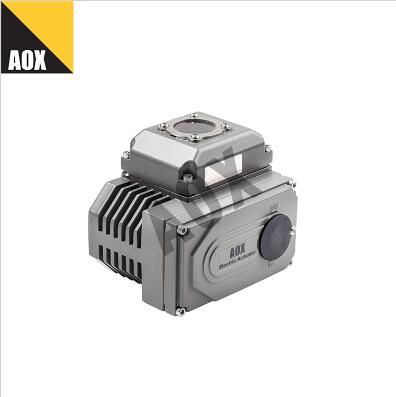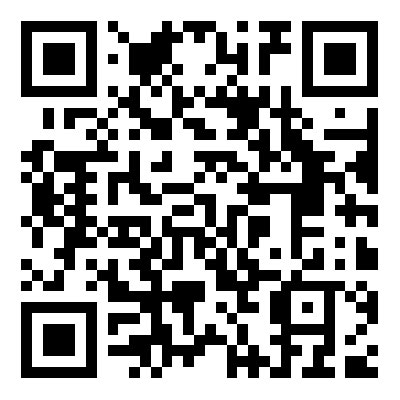Understanding the Operation and Control of the Unique Part Turn Electric Actuator
2024-03-08
Introduction:
In industrial automation, electric actuators play a vital role in controlling the movement of various mechanisms and systems. The Unique Part Turn Electric Actuator, with its specialized capabilities, offers precise and reliable operation for part-turn movements in a wide range of applications. In this blog post, we'll explore how the Unique Part Turn Electric Actuator functions in terms of operation and control, providing insight into its operational principles and control mechanisms.
1. Operation Overview:
The Unique Part Turn Electric Actuator is designed to provide precise control over part-turn movements, allowing for accurate positioning and adjustment of valves, dampers, and other mechanical components. Its electromechanical design enables rotational motion in a specific angular range, typically up to 90 degrees or less, depending on the application requirements. The actuator converts electrical energy into mechanical motion to drive the rotational movement of the output shaft, which is then transmitted to the connected mechanism or system.
2. Electromechanical Components:
At the heart of the Unique Part Turn Electric Actuator are several electromechanical components that work together to facilitate its operation. These components include an electric motor, gearbox, drive mechanism, feedback device, and control electronics. The electric motor serves as the primary power source, converting electrical energy into rotational motion. The gearbox provides torque multiplication and speed reduction to meet the torque and speed requirements of the application. The drive mechanism translates the rotary motion of the motor into linear motion to drive the actuator's output shaft. The feedback device, such as a potentiometer or encoder, provides positional feedback to the control electronics, allowing for precise position control and feedback loop regulation.
3. Control Mechanisms:
The Unique Part Turn Electric Actuator employs various control mechanisms to regulate its operation and position accurately. These control mechanisms may include open-loop or closed-loop control strategies, depending on the application requirements. In open-loop control, the actuator operates based on predetermined input commands without feedback from position sensors. In closed-loop control, the actuator continuously monitors its position using feedback from position sensors and adjusts its operation to maintain the desired position accurately. Closed-loop control ensures precise positioning, accuracy, and repeatability, making it suitable for applications requiring tight control over part-turn movements.
4. Communication Interfaces:
To facilitate seamless integration into control systems and networks, the Unique Part Turn Electric Actuator offers various communication interfaces and protocols. These interfaces may include analog signals (e.g., 4-20 mA or 0-10 V), digital signals (e.g., RS-485, Modbus), or fieldbus protocols (e.g., Profibus, Ethernet/IP). Communication interfaces allow for remote monitoring, control, and diagnostics, enabling operators to adjust settings, monitor performance parameters, and diagnose issues in real-time.
5. Control Modes:
The Unique Part Turn Electric Actuator supports different control modes to meet the diverse needs of different applications. These control modes may include position control, velocity control, torque control, or a combination thereof. In position control mode, the actuator maintains a specific angular position based on input commands or setpoints. In velocity control mode, the actuator regulates its rotational speed to achieve a desired angular velocity. In torque control mode, the actuator adjusts its torque output to overcome resistance or external loads encountered during operation.
Conclusion:
The Unique Part Turn Electric Actuator functions through the conversion of electrical energy into precise mechanical motion, allowing for accurate control over part-turn movements in various industrial applications. With its electromechanical components, control mechanisms, communication interfaces, and control modes, the actuator offers versatility, reliability, and efficiency in operation and control. By understanding its operational principles and control mechanisms, operators can harness the full potential of the Unique Part Turn Electric Actuator to optimize performance and productivity in industrial automation systems.



